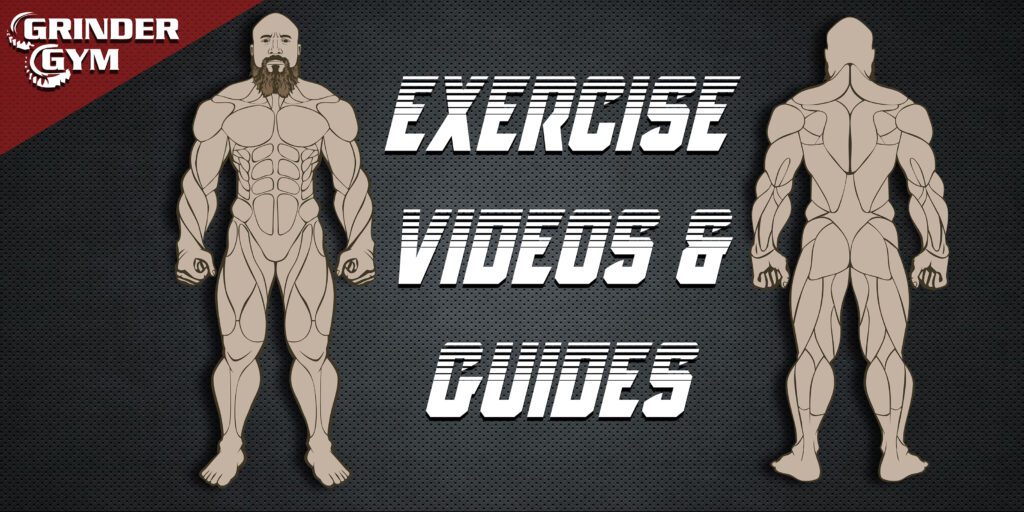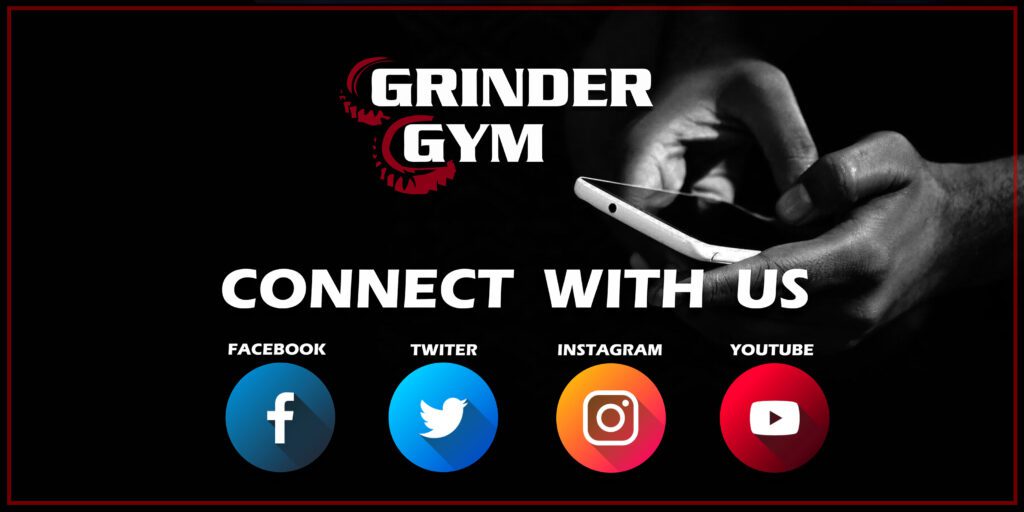To preserve good technique and improve performance during large lifts, powerlifters may find a lifting belt to be a crucial piece of equipment. Considerations for choosing a lifting belt include its width, thickness, material composition, and form of closure.
Width: The lower back and abdomen are supported more by a broader belt.
The majority of powerlifting belts are 3 to 4 inches wide, but depending on the lifter’s body shape and preferred lifting technique, some may choose a larger or thinner belt.
Thickness: A thicker belt provides more stiffness and support. Powerlifting belts are typically 10-13mm thick, but some lifters may prefer a thinner or thicker belt based on their preference and lifting goals.
Material: Leather is the most common material used for powerlifting belts because it is durable and provides a high level of support. Other materials, such as suede or nylon, may also be used, but they may not be as durable or provide as much support as leather.
Closure type: There are two main types of closure for powerlifting belts – single prong and lever. Single-prong belts are easy to adjust and offer a secure fit, while lever belts provide a more consistent fit but require more time to adjust.
When selecting a lifting belt, it’s important to try on several options to determine which one provides the best fit and support for your body type and lifting style. It’s also important to consider the rules of your powerlifting federation, as some may have specific requirements for belt width, thickness, and material. Velcro belts are not typically allowed when competing in most powerlifting federations.
Remember that a lifting belt is just one piece of equipment and should be used in conjunction with proper technique and training to maximize performance and reduce the risk of injury.

